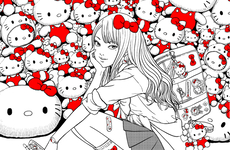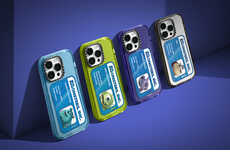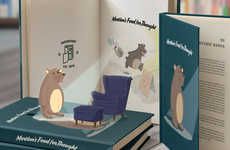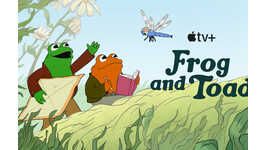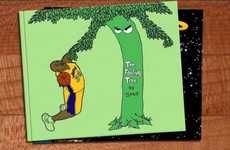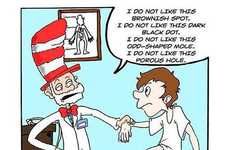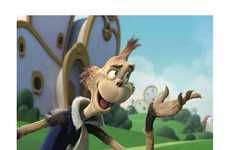
Horton Hears a Who Features WhoSpace, Manga, Cell Phones
Bianca — March 23, 2008 — Pop Culture
References: youtube
When Dr. Seuss wrote his books, there was no hint of modern day technology. However, now that Hollywood has realized how hot the market is for movies based on these silly, rhyming classics, they're being recreated full of ultra-modern gadgets and brand cameos. The latest is Horton Hears a Who.
In one scene of the animated flick, the mayor's assistant is messing around the Whoville version of MySpace, aptly named WhoSpace.
In another scene, of the mayor's many daughters asked her dad for a WhoPhone because she was the only one in her class without one. Her dad tried to brush it off as exaggeration, but the little one whipped out a class photo in which all her little Who friends were blabbering on their cell phones, and she was left alone in the middle.
The most bizarre scene of all had to be the scene in which the computer graphics turned into basic anime, complete with Japanese, manga-style swear word bubbles and the characters blasting around the screen. There were the traditional sweat dreams they feature, crazy eyes, and Japanese cartoon facial expressions. It was very random. The entire audience, young and old seemed to be shocked and confused. I know manga is modern, but it really had no place in the film. Had it been just a three to five seconds, it would have been OK, but the scene was at least a minute long.
So, is this movie targeted at those who cherished the original book as a child, or toward a new generation of kids who are growing up with social networking sites and cell phones? The intention was probably to target both, but as I left the theater, several adults complained that their favourite novel had been destroyed by Hollywood.
In one scene of the animated flick, the mayor's assistant is messing around the Whoville version of MySpace, aptly named WhoSpace.
In another scene, of the mayor's many daughters asked her dad for a WhoPhone because she was the only one in her class without one. Her dad tried to brush it off as exaggeration, but the little one whipped out a class photo in which all her little Who friends were blabbering on their cell phones, and she was left alone in the middle.
The most bizarre scene of all had to be the scene in which the computer graphics turned into basic anime, complete with Japanese, manga-style swear word bubbles and the characters blasting around the screen. There were the traditional sweat dreams they feature, crazy eyes, and Japanese cartoon facial expressions. It was very random. The entire audience, young and old seemed to be shocked and confused. I know manga is modern, but it really had no place in the film. Had it been just a three to five seconds, it would have been OK, but the scene was at least a minute long.
So, is this movie targeted at those who cherished the original book as a child, or toward a new generation of kids who are growing up with social networking sites and cell phones? The intention was probably to target both, but as I left the theater, several adults complained that their favourite novel had been destroyed by Hollywood.
Trend Themes
1. Modern Movie Remakes - The success of modern Seuss movies proves that classic stories can be refreshed with modern technology and concepts, opening up opportunities to remix classic stories others stories in different ways.
2. Social Media Integration - Integrating popular social media platforms and concepts into classic stories can make them more relevant to younger audiences, and provide opportunities for digital marketing campaigns or promoting wider public use of lesser-known social media platforms.
3. Anime-inspired Graphics - The use of anime-inspired graphics including facial expressions, sweat dreams and crazy eyes adds an element of surprise and quirkiness for visual storytelling beyond traditional animation techniques and can inspire animation innovations or create engaging graphic storytelling experiences for children and adults alike.
Industry Implications
1. Entertainment - The success of modern Seuss movies represents an opportunity to gain insights into what audiences find newly appealing in classic stories and how to blend older books with modern technology and new graphics to make them more popular and relatable.
2. Advertising and Marketing - Social media integrations in new movies can provide insights into trends and gauge interest in lesser-known platforms, and present opportunities to use sponsoring or in-film product placement to promote these platforms or features as a potential platform for advertisers to target young or new audiences.
3. Animation - Anime-inspired graphics can be implemented in novel or existing forms of animation to innovate preferences for new audiences, and to attract commercial collaborations, technologists who drive the convergence of real-time engines with high-quality animation, or other potential customers seeking innovative visual storytelling.
3.9
Score
Popularity
Activity
Freshness




